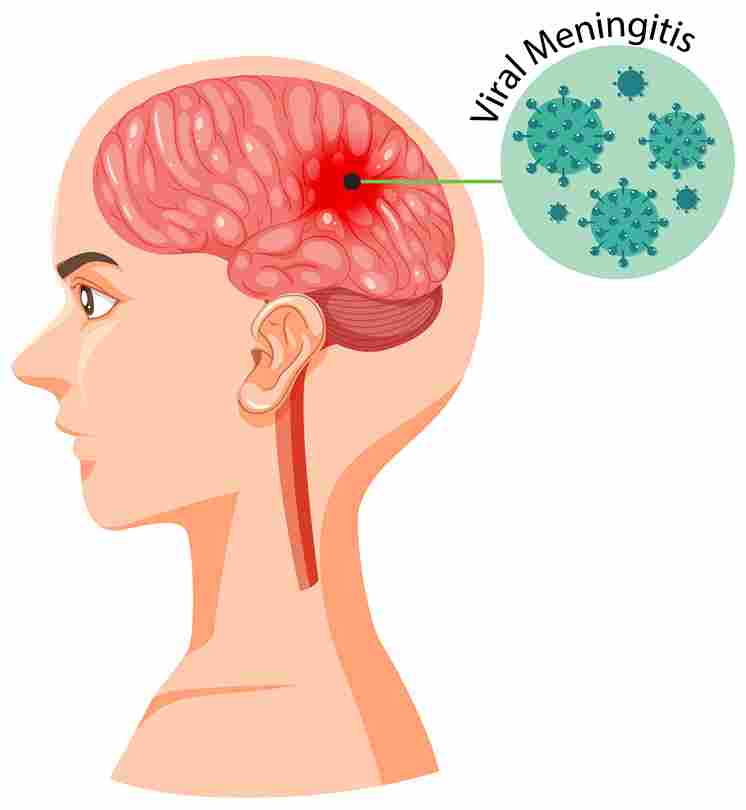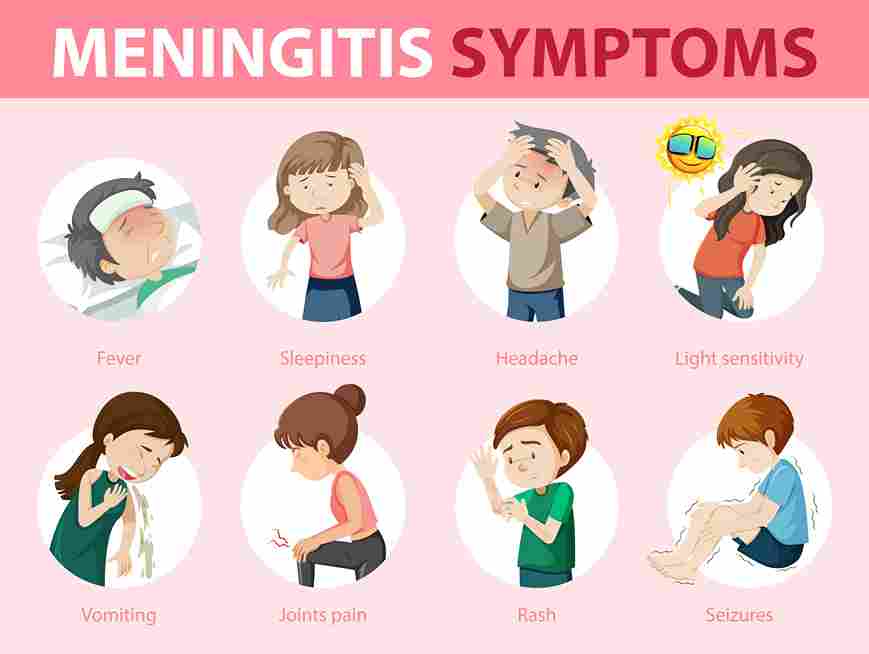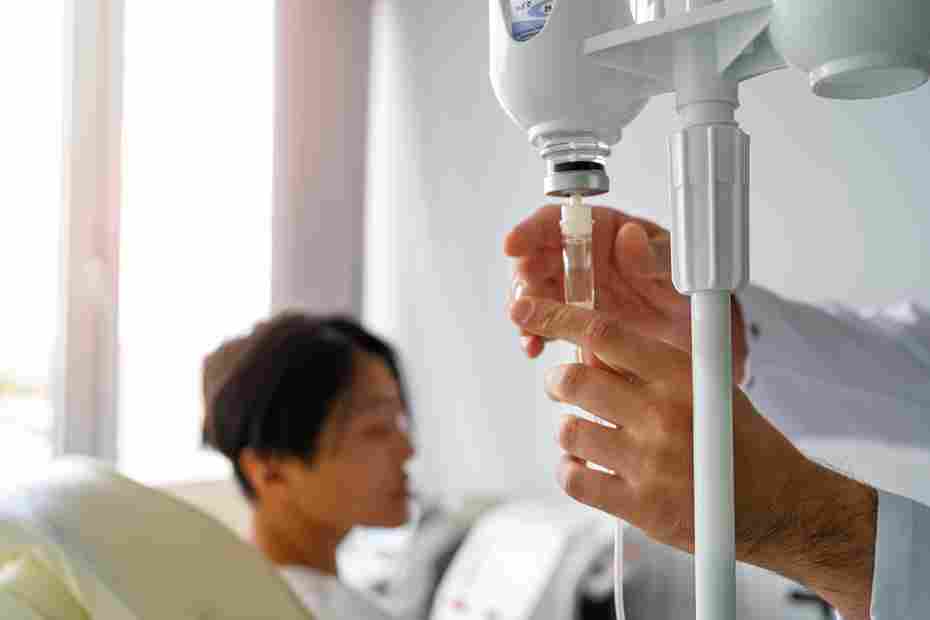


Meningitis is the combination of two root words: “mening,” which means the three protective layer membranes that cover the brain, and itis,” which means inflammation. Meningitis is inflammation in the meninges, referring to the inflammation of the two inner layers called the leptomeninges. While it can occur at any age, certain factors and behaviours increase the risk of developing meningitis in adulthood. It’s important to recognize the signs and symptoms of meningitis in adults so that timely medical attention can be sought.
Meningitis in adults can be caused due to various factors, however, the most common cause includes infection in the two inner layers of the protective membrane called Leptomeninges, or infection by pathogens, which are classified into meningitis types.
There are three types of Meningitis:

These pathogens reduce the blood flow and also impact the circulation of cerebrospinal fluid (CSF) in the brain which increases the intracranial pressure (ICP) and causes swelling.
Tubercular meningitis, also known as tuberculosis meningitis, is a severe form of meningitis caused by infection with Mycobacterium tuberculosis, the same bacteria responsible for tuberculosis (TB). It is considered the most common form of meningitis in India and is a significant cause of morbidity and mortality, particularly in individuals with weakened immune systems.

Some determinants increase the chance of developing meningitis in adults. These can lead to increased inflammation in the brain and spinal cord.
Mitigating the incidence of meningitis entails implementing effective preventive measures. Meningitis prevention tips include:
Treatment of meningitis requires a heterogeneous approach to alter the individual’s condition. Immediate medical treatment is crucial to ensure the patient’s quick recovery. The treatment plan typically involves the following components:

The treatment of tubercular meningitis typically involves a combination of anti-tuberculosis medications. These drugs help in eradicating the bacteria and reducing the inflammation in the meninges. The treatment duration is usually long and close monitoring of the patient’s condition is necessary.

In some cases of tubercular meningitis, the infection and inflammation can obstruct the flow of cerebrospinal fluid (CSF), leading to increased intracranial pressure (ICP). This elevated pressure can result in hydrocephalus, a condition characterized by an accumulation of excess CSF in the brain.
When conservative management approaches fail to resolve hydrocephalus and relieve the increased ICP, VP (ventriculoperitoneal) shunt surgery may be required. VP shunt surgery involves the placement of a thin tube (shunt) into the ventricles of the brain to divert the excess CSF into the abdominal cavity, where it can be reabsorbed by the body.
Meningitis in adults is a serious condition that requires proper medical attention. By avoiding triggers, taking precautionary measures, and getting timely treatment, individuals can effectively manage meningitis and minimize its impact on their daily lives. Bacterial, viral, and fungal infections can all lead to meningitis, each requiring specific approaches to treatment.
Prevention plays a crucial role in reducing the risk of meningitis in adults. Good hygiene practices and maintaining a healthy lifestyle help to lower the chances of infection.
If you are experiencing any symptoms of meningitis, make sure to consult a qualified doctor for timely diagnosis and treatment.